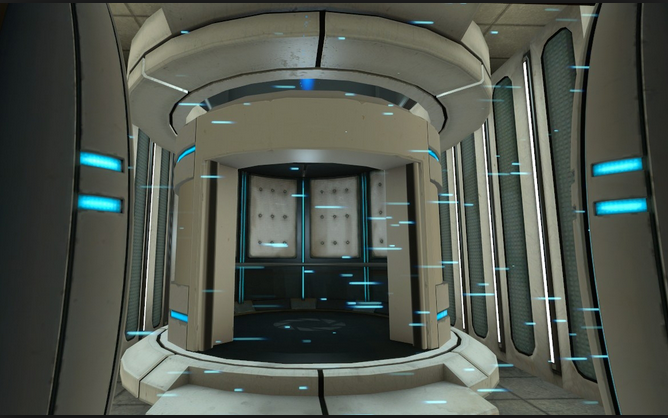 1
: INTRODUCTION
1
: INTRODUCTION
An elevator or lift is a
vertical transport vehicle that efficiently moves people or goods between
floors of a building. They are generally powered by electric motors that either
drive traction cables and counterweight systems, or pump hydraulic fluid to
raise a cylindrical piston.
Lifts began as simple
rope or chain hoists a lift is essentially a platform that is either pulled or
pushed up by a mechanical means.A modern day lift consists of a cab (also
called a“cage “or car ) mounted on a platform within an enclosed space called
a shaft in the past, lift drive mechanisms were powered by steam and water
hydraulic pistons in a “traction “lift, cars are pulled up by means of rolling
steel ropes over a deeply grooved pulley, commonly called a sheave in the
industry. The weight of the car is balanced with a counterweight. Sometime tow
lifts always move synchronously in opposite directions, and they are each
counterweight.
Elevator today travel more miles and carry more
individuals than
any other from of transportation. Estimates show that in one
year,
elevators safely carried twenty-eight million people over one-half
billion vertical miles. Elevators are necessary transport device in both
commercial building or business is to have them customized. But before deciding
on a glass elevator or a panoramic elevator or a
steel elevator, the type of
elevator need to be decided first. certain
elevator types are better suited for
commercial buildings, while
others are better for residential buildings, but
both require certain amounts of space based on “ European standard “ or local
codes for homes and these aspects, as well as space for a machine closet, need
to be taken into consideration when planning for an elevator in both home and
commercial settings



